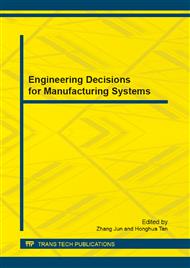p.77
p.82
p.86
p.91
p.95
p.100
p.106
p.112
p.118
Nanofibers/PVA Blended Nano Fibre Matrix for Nervous Tissue Regeneration
Abstract:
Nanofibers produced by electrospinning represent a new class of promising scaffolds to support nerve regeneration. Here, we found that the blended solutions of chitosan (CS) with Poly (vinyl alcohol) (PVA) are appropriate for electrospinning when they form conductive, unstructured fluids displaying plasticity, rather than elasticity, in the bulk and at the interface. We then studied that utilize electrospun nanofibers to manipulate biological processes relevant to nervous tissue regeneration, including stem cell differentiation, guidance of neurite extension, and peripheral nerve injury treatments. The main objective of this article is to provide valuable methods for investigating the mechanisms of neurite growth on novel nanofibrous scaffolds and optimization of the nanofiber scaffolds and conduits for repairing peripheral nerve injuries.
Info:
Periodical:
Pages:
95-99
Citation:
Online since:
September 2013
Authors:
Keywords:
Price:
Сopyright:
© 2013 Trans Tech Publications Ltd. All Rights Reserved
Share:
Citation:


